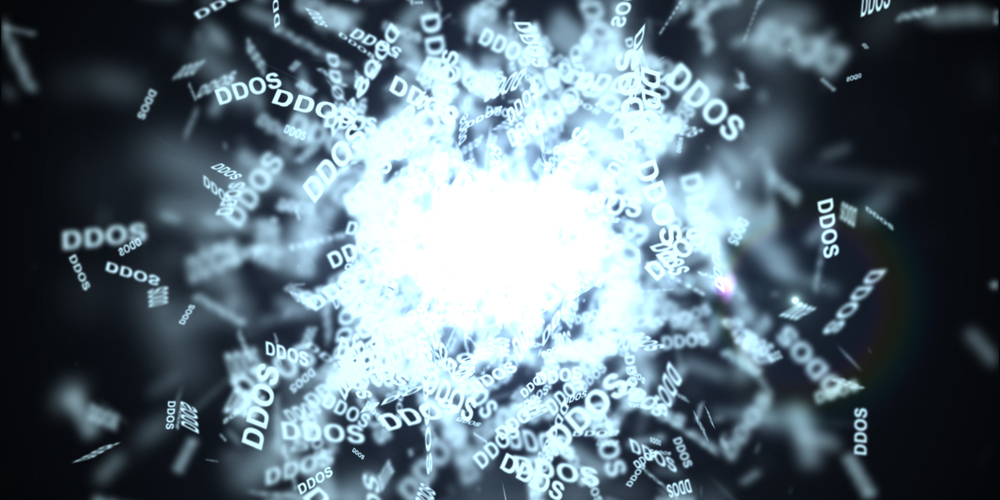The increased risk has encouraged these organisations to closely monitor outbound traffic, install buffer servers to filter malware, replace potentially vulnerable access points and increase safety guidelines to members of staff.
Other respondents also made reference to hiring external, specialist companies to make recommendations on adapting the security of software and systems, with 43 per cent of businesses now outsourcing their DDoS mitigation.
This new data has been revealed as part of a bi-monthly research series from the NISC, which has polled 252 IT security CTOs, VPs, senior directors, business managers and other professionals across Europe with a security remit.
The NISC research findings have also been used to calculate a unique Cyber Benchmark Index, which measures the level of concern in the NISC community of security professionals about the current international cybersecurity landscape. Based on the latest set of data, the index figure has reached 10.1, a considerable increase from the 6.5 rating in May this year, and 0.7 points higher than just last month.
In October, system compromises were seen by organisations as the greatest threat to their business, with ransomware and financial data theft following closely behind. However, this month, DDoS has overtaken these alternative cyber dangers, with 21 per cent listing it as their greatest concern.
Rodney Joffe, Head of NISC and Neustar Senior Vice President and Fellow, commenting on the findings, said, “As the cybersecurity landscape continues to evolve, and with businesses unsure about where the next attack will come from and what form it will take, there are clear challenges focusing their prevention and protection efforts. But DDoS has long been seen as a severe threat to companies, reaping tremendous impacts and steadily increasing in incidence. The sheer volume of traffic caused by DDoS attacks make them hard, but not impossible, to mitigate and for businesses to have the best chance of success in fighting against them, they need to make them a priority” NISC member Cameron Colquhoun, Managing Director at Neon Century Intelligence conquered, adding, "Enterprises' growing uncertainty about the identities of cyber threat actors points to an intelligence gap, which is clearly not being filled despite the wide availability of cyber threat intelligence on the market. Traditional 'deep' investigative approaches are required, as hackers continue to grow in intellect, businesses must too, ensuring they are constantly revisiting the prevention methods they have in place, and must avoid overcomplicating their approach.” In November, three-quarters (75 per cent) of participants noted that recent cyber events have directly affected the way they protect their enterprise, a figure that is continuing to increase month-on-month.
“DDoS is increasingly being used as a foil and precursor to more targeted, high-profile data breaches, confirming the importance of them as part of an organisations cybersecurity strategy,” said Joffe.
Colquhoun added, “The fact that the wider world now ranks as the most concerning aspect of the threat landscape is encouraging. It appears events like WannaCry have focused businesses on the butterfly effect of cyber security; a flap of the wings on the Korean peninsula, for example, can spell business discontinuity at home. More and more enterprises are beginning to understand this and implement the right prevention measures.”




